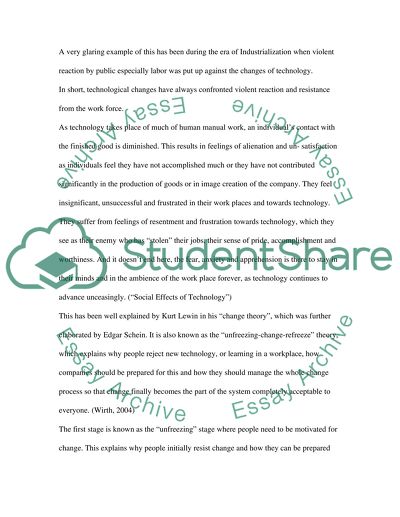Cite this document
(“New technologies effect on The Work Force Essay”, n.d.)
New technologies effect on The Work Force Essay. Retrieved from https://studentshare.org/miscellaneous/1532476-new-technologies-effect-on-the-work-force
New technologies effect on The Work Force Essay. Retrieved from https://studentshare.org/miscellaneous/1532476-new-technologies-effect-on-the-work-force
(New Technologies Effect on The Work Force Essay)
New Technologies Effect on The Work Force Essay. https://studentshare.org/miscellaneous/1532476-new-technologies-effect-on-the-work-force.
New Technologies Effect on The Work Force Essay. https://studentshare.org/miscellaneous/1532476-new-technologies-effect-on-the-work-force.
“New Technologies Effect on The Work Force Essay”, n.d. https://studentshare.org/miscellaneous/1532476-new-technologies-effect-on-the-work-force.


